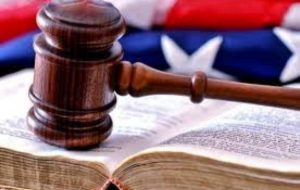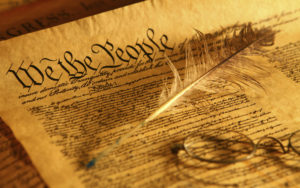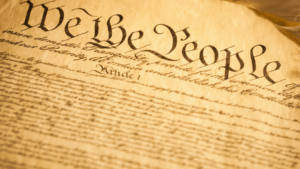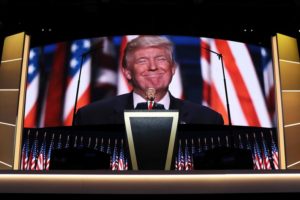Donald J. Trump wants to change U.S. immigration policy by diminishing the role of — get a load of this — the federal judiciary.
Trump wants to toss all illegal immigrants out of the country without the benefit of having their cases heard by judges.
The president of the United States today yet again took dead aim at our immigration policy. He called it the worst policy “in the history of the world.” He then said something quite remarkable in a brief give-and-take with reporters gathered at the White House.
Trump noted that when immigrants cross our border, “they have judges.” Yes, judges. These are the men and women who take an oath to administer the law in accordance with the U.S. Constitution, to ensure that federal law doesn’t violate the Constitution.
Federal immigration law — indeed, the 14th Amendment to the Constitution — grants “any person” the right to “due process” and “equal protection” under the law. It doesn’t limit those guarantees to U.S. citizens, let alone to those who come here legally from another nation.
The president’s desire to toss out the Constitution, to ignore existing federal statutes crosses the line into a desire to create an autocracy. He wants to throw into the crapper a fundamental tenet that the nation’s founders insisted on when they created this government. That tenet established a judicial system that is ostensibly free of political pressure and coercion.
Yes, we need more federal judges — not fewer of them — to deal specifically with this issue of immigration. Yet the president now disparages the role these judges play? He disrespects their vital contribution to the administering of justice?
Reprehensible.









